|
The summer exhibition at Shioya is a regular fixture in the calendar for Hana-kikko-(Flower Tortoiseshell) sashiko group. Shioya is a kimono shop established in 1927, that holds a week-long exhibition every August of fabric arts such as sashiko, nuno-e (fabric pictures) and quilting, made by their customers and associates. I enjoy seeing everyone's work in a cozy setting while chatting with the shop proprietor--Shioya’s dedication to kimono culture and fabric is obvious—and always learn something new when I go there. This year it was also an opportunity to see what other group members have been making, as sadly we still cannot meet in person. I was glad to see that our Sensei, Chiyoko Nakazaki, appears to have been productive and busy! Sensei is in her eighties and understandably reluctant to go out much with the pandemic still in full force. I love how the red flower tortoiseshell (hana-kikko) pattern stands out beautifully in this bag she made. Hana-kikko is her favourite pattern, hence our group's name. The simplicity of traditional blue and white sashiko is beautiful, but was it was born from strict regulations regarding use of colour and materials under the shogunate rule in the Edo period. Using colour was a freedom that many were not permitted. When I look at this bag, I see one example of the potential for versatility in design with sashiko, through the free use of colour. Multi-coloured lines and hitomezashi crosses, anchored by unifying red centres, are spaced between the vari-colored zigzag blocks, in a way that seems to project a zany joy. This is another happy colorful bag in flower tortoiseshell (hana-kikko) pattern. Sensei studied sashiko under Yoshida Eiko (1922-2002), a major figure in the revival of modern sashiko, whose sense of design was renowned. The many books she published are still popular, and her books of bag designs standouts in my opinion. Sensei was lucky to have learned from her. A hitomezashi cross stitch (jujizashi) variation, with the cross worked in parallel lines forms a flower-like pattern interspersed with red. Blue and white was represented by this table runner with a bamboo motif edged in orange, stitched by Masami Inoue. Ryoko Shiba had also made a table runner with the hemp (asanoha) pattern. I did not submit anything new for the exhibition, but was happy to see I was still part of it in this group effort wall hanging. The hanging is one of several (seven actually!) we made for an exhibition in 2021 that was cancelled due to the pandemic. It was good to see it on public display at last. The flowers are interspersed with woven bamboo (kagome). My contribution is the flower in the bottommost right hand corner. Known as balloon flower or Chinese bellflower in English, kikkyo is one of the seven autumn flowers traditionally appreciated for their delicacy and simplicity. I hope this tiny stitched flower will contribute to your enjoyment of autumn this year!
0 Comments
The Winter Beijing Olympics got me thinking about snow. Does artificial snow have the same varied and beautiful crystal structure as naturally occurring snow, I wonder? Maybe that’s possible. Who could have imagined once that the winter olympics would ever be held on virtually all artificial snow. Technology makes the unimaginable possible. Advances in technology were the key to a boom in snowflake crystal patterns in Japan during the late Edo period (1603-1867 ). When Doi Toshitsura (1789-1848), feudal chief of the Koga Domain, imported a microscope from the Netherlands, he was able to observe and make a detailed record of snowflake crystal patterns, and in 1832 he published his first collection of 86 types of snowflakes in a book called Snowflake Pictorial (『雪華図説』), followed by a second volume eight years later with 97 more. It was the first natural science publication on the topic of snow in Japan. Suzuki Bokushi, a merchant, folklorist and scholar in Niigata, mentioned Snowflake Pictorial in his Snow Country Tales『北越雪譜』(published 1840) and Toshitsura’s book became more widely known, leading to a snowflake pattern boom in the late 1800s. Toshitsura had already begun using snowflake designs on his clothes, sword fittings and other personal items. Domain officials commissioned snowflake-patterned laquerware and other handicrafts, and snowflake goods became such a profitable business that they were able to pay off loans owed to the shogunate. Even today a snowflake continues to be the official symbol of what is now called Koga city, in Ibaraki prefecture. Although snow had long featured in Japanese design and motifs, it wasn’t until the publication of Snowflake Pictorial that hexagonal geometric-patterned (kikagaku moyo) snowflake crystals were used. A boom that began with the daimyos (clan chiefs) and intellectual classes, spread to the common people, with snowflake designs appearing on kimono, bowls and all kinds of everyday items. Their geometrical shape makes snowflakes a delight to draft and stitch. In 2018 our sashiko group, Hana-kikko, made the two collaborative snowflake design wall hangings below. It's easy to make your own design, by drawing an outline on graph paper and using a compass, ruler, or whatever templates you have to add detail. Once you have a design you are satisfied with, transfer it to the fabric. There are endless variations in the natural world and reference materials available to take inspiration from. Doi Toshitsura’s Snowflake Pictorial can be viewed digitally in the Japan National Diet Library Digital Collection. One book that I’ve reviewed which has a few snowflake designs in it is Sashiko Zakka by Hideko Onazaki, (Sashiko Everyday Items, Tatsumi Publishing 2010). There must be as many creative things you can do with snowflake crystal patterns as there are in nature. I hope you are inspired! Reference: Yomiuri Shimbun, 6 Feb 20, p.1 Nichiyoubiban Yomi Hot, Emonogatari: Otonosama muchu ni saseta kessho
I was very pleased that Nihon Vogue has put out a book featuring the innovative sashiko of AYUFISH int. Sashiko Modern Style 31: Sashiko Design Pattern Book was released in August 2021. 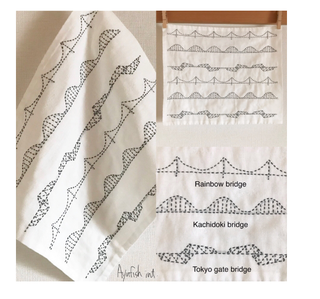 From the AYUFISH int. website From the AYUFISH int. website I became intrigued by this sashiko artist after noticing her unique work in Chiku chiku tanoshimu ito asobi: Hibi no sashiko komono (Fun With Thread and Sewing, Boutique-sha, 2020). She uses traditional patterns to create unique innovative designs, often textile-like, with mesmerizing effect and stylish arrangement of colour. Have a look at the Gallery section on her website to see what I mean. The book starts with a two-page photographic pattern index, a favourite layout feature of mine as it allows you to take in all patterns at a glance. It has three chapters devoted to designs categorized into Hitomezashi (one stitch), Kugurizashi (threaded stitch) and Moyozashi (pattern stitch), with photographs of all designs. Following these are sections on tools, and guides to techniques and patterns for making the designs or items in each chapter, including actual-size design grids. All designs are named in English as well as Japanese. So in Chapter 1 on hitomezashi, you find names like Maze, Woodwork and Peanuts amongst others. Skyscraper is a sturdy practical cloth that can be used as a towel, which reflects hitomezashi’s roots as jizashi (ground stitch), a method of strengthening fabric to use for practical purposes. Number made me laugh out loud with its digitalized numerals stitched hitomezashi style (my sashiko teacher always says sashiko is all about maths!). Floral cross is one of AYUFISH int.’s favourite stitches, and in Floral Cross 1 and Floral Cross 2 she adapts it beautifully to achieve an embroidered effect in a way that reminds me very much of its roots in traditional jizashi sashiko from Tohoku. In the second chapter Kugurizashi (threaded stitch) she varies the length of the woven thread to create different effects. Boldly, as in Spiral and Continuous & Layer, with overlapping lines that give a sense of movement and texturing, or spaced in such a way as to achieve a woven, textile-like effect such as in Herringbone. In Mountain & Ranges, the woven thread is used to shape the outline of mountain peaks and achieve variations in colour and density. Chapter 3, Moyozashi, is really interesting because of the originality of the designs. Moyozashi, which means ‘pattern stitch’, usually conjures up an image of traditional geometric patterns such as hemp leaf (asanoha), blue ocean wave (seigaiha) or tortoiseshell (kikko) — patterns that evolved over time as stylized representations of the thing itself. AYUFISH int. however, applies the same principle to her environment, making patterns out of the scenery of her own life. The designs are whimsical and fun with names such as Clip (as in paperclip), Graffiti, Home, and Landscape. Argyle is the well-known diamond pattern and Beads evokes a string of beads. My particular favourites are Bridge, depicting bridges in Tokyo, and Ripple, a river and waves. She suggests that beginners might start from this chapter as it is most similar to embroidery. I am always amazed by the creativity and scope for individual expression in sashiko. Like Saki Iiduka, whose book Sashiko For Making and Mending (Tuttle 2021) I translated, AYUFISH int. acknowledges monozukuri, as an important influence. Monozukuri is a word with no exact equivalent in English. It translates literally as ‘making things’ and is a concept popularized in the late 1990s to express a philosophy of dedication to precision and care in manufacturing and production, applying an artisanal skill and patience that is rooted in traditional arts and crafts. AYUFISH int. herself is the perfect amalgam of this. She has a background in engineering, having obtained a Masters degree in satellite remote sensing and worked as an engineer on the design and development of satellites. She sees her designs as an extension of patterns and the overall interior environment. Design is clearly her strength. I can see her sashiko taking off to the stars!
I don’t usually review my own translations in my day job as literary translator, but this book is different. I had the opportunity to translate Saki Iiduka’s wonderful book Sashiko For Making And Mending: 15 Simple Japanese Embroidery Projects, which I am thrilled to announce is released from Tuttle on August 10, 2021. I’m especially happy because I was really taken with the book the moment I set eyes on it, and reviewed the original Japanese in my blog early last year. This translated version has a very different cover and title, but I promise you the contents are the same. The author’s philosophy on life is a true reflection of the origins of sashiko. One of treasuring limited resources, reusing them and making do with whatever materials are at hand. I love Saki Iiduka’s sensibility and sense of design, too—it’s very Japanese, traditional and modern at the same time. I’m sure that like me, you’ll be inspired to mend, revamp, and find ways to reuse worn items of clothing and scraps of fabric stuffed away in drawers. If anyone wants to buy it I have some copies available for sale through my website, but am sorry I can only ship within Japan. Readers outside Japan can find it through the Tuttle site and other major booksellers. Happy stitching!
The pandemic has made it hard for many businesses, and sashiko is no exception. When I went to see the travelling Hida Sashiko exhibition recently, I heard that the Takayama-based Hida Sashiko company, too, was struggling. With domestic travel limited, not to mention the states of emergency, business hours are shortened and there is not enough work for staff. Travelling exhibitions like this are an important method of selling their range of sashiko clothing, hangings and bags etc., but the cancellation of many regular dates, such as at department stores, have also hit hard. I’m glad the Yokose Gallery, where I saw the exhibition, was open for business as usual. I have written about my visits to this exhibition before. This is where I discovered the Hida Sashiko Notebook, which continues to be a valuable reference source for me. This year, Notebook in hand, I went looking for examples of patterns from it in the exhibition. This wall hanging yielded several to check off the list straight away. Below are close ups of six patterns from the Notebook This hanging made from old fabric is stitched with diamond blue wave (hishi seigaiha), which creates the impression of waters more turbulent than the round blue wave pattern. On another wall hanging I found circular seven treasures (maru shippo). The overlapping point of four circles creates another small circle. Circles represent harmony and this pattern has come to be associated with good fortune. The seven treasures--gold, silver, lapis lazuli, crystal, agate, coral and clams--comes from Buddhism. This entrance curtain is worked with Japanese cypress (higaki) pattern, a geometric stylization of the interleaved cypress panels used on ceilings, fencing and wainscotting. This bag incorporates a pattern based on the wooden counting rods (sankuzushi) of a tool once used for Japanese-style calculations and divinations. Another paneled wall hanging netted a few more patterns. Sayagata, which I have seen variously translated as key fret, saya pattern, saya brocade, is based on the a diagonal version of the swastika pattern, and which was often seen on Chinese brocade. Rising steam (tatewaku) is self explanatory I think. Of the 29 patterns in the Hida Notebook, I managed to find twelve, but there were probably more tucked away amongst the many hangings, bags, coats and other items on display. To finish, here are a couple of my favourite pieces. The first is a hanten, a traditional warm jacket with a glorious selection of patterns, and the other is an example of long jacket with a pattern called donza which is based on seaweed and originated on the small fishing island of Tobishima in the Japan Sea. The items in the exhibition are not for sale online, but sashiko kits and supplies are available at the online shop.
Last year I didn’t write about the autumn exhibition, an annual event my sashiko group always participates in, so here, belatedly, is my report. With the pandemic still raging, it was a slightly more somber and diminished crowd than usual which gathered to set up the exhibition on October 17. My sashiko group usually makes collaborative wall hangings for this exhibition, but as we had not been able to meet during the year, all of us had worked at home on our 15 by 15 cm squares for the hanging, not knowing what everyone else was doing. To date the hangings have had geometric patterns, snowflakes, and poem themes, but the theme for 2020 was butterflies, with one hanging in classic blue and white, and the other in colour. This was moment that we all saw for the first time our squares all sewn together, and the butterflies emerge in one glorious flock. It was most thrilling! For my contribution, I took the opportunity to explore the effects that varying pattern and colour can have. Using the same basic butterfly outline, I made three butterflies based on variations of cross stitch (juji-zashi). Butterfly 1 is the basic cross stitch (juji-zashi), add a diagonal grid between the crosses in Butterfly 2 and it becomes rice stitch (kome-zashi), or add diagonal lines over the crosses in Butterfly 3 to make another variation of rice stitch. For the colored butterfly wall hanging, version I used the same butterfly outline and stitch patterns, and simply varied the use of yellow, blue and green thread to see what effect that would have. Our teacher, Chiyoko Nakazaki, also made some butterfly bags to continue the butterfly theme. Other notable items exhibited by the group were this spectacular tablecloth stitched in hempleaf (asanoha), by Ryoko Shiba. And Masami Inoue made this gorgeous hanging composed of hemp leaf (asanoha) in overlaying fishing net (amime). My own contribution was two hanafukin (read more about what hanafukin are here). One done in shades of purple featuring a lightening variation (kawari raimon) stitch, which is derived from the manji, an ancient spiritual motif that looks like the swastika. The other hanafukin was done in shades of blue, a nod to the pattern, which is the well frame (ido waku) stitch. This stitch is a stylization of the character for well, which is 井. And finally, was this red bag which I completed during two weeks of self isolation earlier in the year. The centre panel is indigo-dyed cotton stitched with the small flower cross stitch (juuji kohanazashi) pattern. For the surrounding red panels I used a fabric called Kurume kasuri (ikat-dyed). On the last day of the exhibition after we had gathered to take everything down, Sensei handed us materials and instructions to make four more wall hangings. The 2021 exhibition should be spectacular indeed!
It’s the custom in Japan to send New Year greetings postcards at the beginning of January, but this year I just couldn’t face it. With all that’s been going on in the world, I really didn’t feel like writing cookie-cutter greetings over and over. Instead, I decided to make good luck charm bags as a gift for people who I wanted to send a special message of thanks to for their support last year. I got the pattern for the bags from Saki Iiduka’s book, Sashiko Accessories and Mending, which I reviewed last year. Omamori bukuro, as these bags are called in Japanese, are sold at temples and shrines. They are believed to bestow the protective power of the gods on human beings, and can be bought for many purposes, such as wishes for a safe birth, passing exams, financial success, or safety on the roads. In my bags I placed a tiny Amabie figurine. Amabie is a folklore spirit that has gone viral in Japan since the pandemic started. According to legend, Amabie lives in the sea, but comes out to predict good harvests and plagues. Sharing its image is supposed to prevent disease spreading, hence the plethora of covid countermeasures using the image of Amabie in their PR! Ordinarily, you are not supposed to look inside an omamori bukuro as that apparently negates its power, but since sharing the image of Amabie is supposed to keep away plague, I think in this case it is okay! Besides using them for good luck charms, these little bags would be ideal for putting in some lavender or other herbs and spices to use as scent bags. The bags themselves are simple enough to make, and take only a few hours to complete. The blue one with white stitching is done with rice stitch (komezashi) and the one with red stitching is rice flower stitch (kome no hanazashi). The most difficult and time-consuming thing was making the knot! Though I learned to tie a knot or two as a girl guide back in the day, this was a challenge on another level. Not having a sense of how to hold and handle the strands made it difficult to follow the printed instructions, so I resorted to YouTube and found this very useful video. After many attempts, I finally got the knack of it and was able to tie a passable good luck knot. For anyone who’d like to try making these bags, the good news is that last year I was asked to translate this book, and the English edition is coming out later this year.
May the power of Amabie keep you safe and well in 2021! This is the newest sashiko book to brighten up my desk. With its stylized and colourful patterns of leaves, flowers, pinwheels and other lovely things, the charming hanafukin on the cover represents perfectly what this book is all about: having fun with coloured thread. Chiku chiku tanoshimu ito asobi: Hibi no sashiko komono (Fun with thread and sewing: Everyday sashiko items for daily life), published by Boutique-sha this April, is a collection of hanafukin and daily items to make with beautiful coloured thread, according to the introduction. It is divided into four sections: Hitomezashi (one stitch sashiko), kugurizashi (threaded sashiko), moyozashi (pattern sashiko) and enjoying chiku chiku (more on that later). The hitomezashi section is the largest, with thirteen different items to make. There are the usual hanafukin, tablemats, coasters, as well as brooches, pincushions, a zip-up pouch, card cases and a fold-up accessory case. Patterns range from the simplest traditional cross stitch hanafukin in blue thread on white cloth, to the complex non-traditional creative patterns on the sampler hanafukin pictured on the cover. I happened to have a clover brooch set to hand, so I had a go at making the zig-zag patterned brooch pictured on page 14. The diagrams are to size, which makes it easy to copy. The kugurizashi section has four items: two different hanafukins, coasters and a card case. But pages 18 and 19 have to be my favourite in the whole book; the white hanafukin stitched with juji kuguri (threaded cross stitch) in green thread is just gorgeous – a fern-like lace! — while the two simple coasters on the opposite page, diamond pattern stitched in three colours, show off to advantage the possibilities of pattern and colour. This really speaks to me, as that creative potential is one of the things that drew me to sashiko in the first place. The moyozashi section has just three items: a large cloth in ‘scrap’ pattern (whatever that means – I’m not really sure); a lovely bag with a tobi asanoha (scattered hemp leaf) pattern; and, a cute round drawstring bag with the shippo tsunagi (linked seven treasures). Lastly, there is a section on enjoying chiku chiku. Chiku chiku means a prickly feeling or pricking motion. It’s often paired with the words for needle (hari) or work (shigoto) as a general term for needlework in Japanese, which of course includes sashiko. In a quick glance through my collection of sashiko books I found three with chiku chiku in the title, but none of those contained anything in the style of the items featured in the chiku chiku section of this book. The potholder and coasters are stitched with the straight-lined seemingly irregular stitches that typify chiku chiku. This is the first time I’ve seen a section devoted to chiku chiku in this type of sashiko book, which is perhaps an indication of its growing influence. It’s easy to understand its popularity when you see the amazingly artistic and inventive pieces in this blog post from Blue and White. As usual there is a section on the basics of sashiko; eight pages of photographs and diagrams, showing all the materials, basic instructions for transferring patterns, stitching processes, and guide to symbols used. Diagrams are clear, the patterns are to size, and some but not all are in colour. I was confused at first by the numbers in the list of contents, which I assumed matched the numbers for each item as pictured on the page because the fonts are the same. It took me a while to work out that the content numbers are actually page numbers. That was my only complaint. Here are four of the six sashiko artists who designed and created the pieces in this collection; Ayufish int, Sashiko Asaya, hako, and Chiisana teshigoto (click on their names to go their sites). You'll find some amazingly beautiful and inventive work on their pages. Have fun browsing!
Dear Sashikoists, Life has changed abruptly in ways we could never have imagined only a very short while ago. For me sashiko offers a blessed escape from the anxiety and stress. In the spirit of providing a tiny bolthole from the darkness, I searched my collection of sashiko photographs and chose fourteen of my favourites that I shared over two weeks on instagram. Below are those photographs with accompanying text, which I hope will also convey a sense of the history and versatility of sashiko. Day One This is my own work, a hanafukin that I stitched with a freestyle cherry blossom motif couple a few years ago. I like to get it out in April, but this year feels particularly poignant. As I write, the cherry trees are starting to bloom, but even if we cannot enjoy them in the usual way, looking at this hanafukin is one way to mark the season. Day Two “Everybody Had Dreams” is the title of this piece, which I saw at the 2016 Tokyo International Quilt Festival. The fabric is a large furoshiki (wrapping cloth) which had belonged to the creator Harumi Iida’s brother-in-law. He had used it to carry his belongings in when he was evacuated to the countryside as a schoolboy during WWII. Seventy years later it came into Harumi’s hands and she stitched it with patterns to evoke the dreams she imagined those children must have had, while feeling sad and lonely at being separated from their families. Day Three Boro, which means ragged or tattered threadbare clothing in Japanese, played an important role in the origins of sashiko. This kimono made from rags held together by sashiko stitching, was probably mended and handed down, over and over again. It was in the BORO collection assembled by folklorist Chuzaburo Tanaka (1933-2013) that used to be housed at the Amuse Museum in Asakusa. However the museum has closed since I saw it and the collection was taken on a world tour. Day Four This is a Tsugaru Koginzashi kimono, also from the Chuzaburo Tanaka collection. Koginzashi originated in the snowy regions of Aomori in northern Japan, where hemp was the only available fabric. A law passed in 1724 forbade peasants from wearing cotton, permitting only indigo-coloured hemp. Thus the distinctive patterns and style of stitching using white cotton thread evolved to fill in the rough weave of the hemp and make it warmer. Day Five This gorgeous multi-coloured piece of Nanbu Hishizashi sashiko was stitched by local Ibaraki sashikoist Reiko Yazama. Hard to believe that this type of sashiko also evolved in Aomori, not so far from the blue and white Tsugaru Koginzashi of yesterday’s photo. Nanbu hishizashi patterns are more elongated in shape, and colourful. The reason for this was a relax g of the rules by the local feudal lord when a train line brought coloured thread into the district. Women took advantage of this to make colourful items for festive wear, in particular aprons. Day Six Here is another example of beautifully coloured Nanbu Hishizashi sashiko. This pair of children’s tabi (footwear) was made sometime in the Meiji era, which could be anytime between 1868 and 1912. They’re so adorable I’d be happy to wear them myself! Day Seven One last photo of Hishizashi sashiko. The dense stitching on these workman's trousers would have kept out the cold northern winds. I don’t know anything about these trousers except that they were probably worn in the Meiji era, but the design seems timeless. I can imagine them being worn today in Aoyama, Ginza or any other upmarket district of Tokyo! Indigo dyes were also a precious resource that had to be conserved, thus stitching navy blue stripes onto lightly dyed fabric was one way of achieving that. Day 8 This wall hanging by Eiko Suzuki is a sampler of sashiko from the Shonai region in Yamagata prefecture. Shonai sashiko patterns are typically geometric with their origins related to daily life and work. Shonai sashiko was stitched on whatever fabric was available (unlike Tsugaru kogin and Nanbu hishizashi which evolved on hemp). Patterns shown here include futome tsunagi (thick links), ganze (sea urchin), asanoha (hemp), soroban (abacus), sugi (cedar), kawari hishizashi (diamond variation) and kakinohana (persimmon flower). Day Nine The pattern on this hanten (workman’s jacket) by Hide Takahashi is called ganze, which means sea urchin. The word ganze comes from the dialect spoken on the tiny Japan Sea island of Tobishima, off the coast of Akita Prefecture, where fishing was obviously a big part of life. Looking at the mesmerizing spiky lines and circles on this jacket, it’s easy to see the resemblance to sea urchin. Day Ten This table centre stitched in ishiwari (paving stone) style was made by my teacher, Chiyoko Nakazaki. You’ll see segments of asanoha (hemp leaf), Bishamon kikko (Bishamon tortoiseshell) and kumi kikko (interlaced tortoisehell), sayagata (brocade weave), tsuno kikko (horned tortoisehell) and kagome (basket weave). Sashiko was born out of practical necessity, but made the leap from being a mainly practical to a decorative handcraft. Nakazaki-san studied under Akita-born Eiko Yoshida, who was influential in popularizing sashiko as a decorative art from the 1970s. Day Eleven From the Taisho period (1912-1926) onwards sashiko began to get colourful. This gorgeously coloured noren (curtain) is the work of my classmate, Masami Inoue. I’m a big admirer of Inoue-san’s stitching, which is unfailingly neat and even; regular in size but also plump and fluffy – like little grains of rice. The pattern is called a noshi, a motif traditionally used on gifts and messages. Patterns used in the strands of this one are, left to right; nowaki (autumn grass), kagome (basket weave), juji tsunagi (linked crosses), asanoha (hemp leaf), maru shippo tsunagi (linked seven treasures), Bishamon kikko (Bishamon tortoiseshell) and higaki (cypress fence). Day Twelve More lovely colour in this wall hanging by Akie Ginza, who is another important name in modern sashiko. Ginza has a gallery and shop deep in the countryside of Tokyo (I know that sounds a contradictory but Tokyo is not all city). Her work, which she describes as art, not handicraft, is characterized by the use of naturally dyed fabric and thread, and and by varying the thread thickness to achieve artistic effect. The design in this wall hanging is composed of one stem each of peony, chrysanthemum and cherry blossom, which are a combination of adapted traditional and original designs. The flowers are elongated into a diamond shape, while the border is a playful blue and white spiral pattern. Day Thirteen Mend, use, remend and reuse – the spirit of early sashiko lives on in this vest made from, pieces of old fabric stitched together. I came across it for sale in a travelling exhibition. All around Japan there are shops and dealers who specialize in old cloth and clothing made from old fabric. The dealer selling this vest has a shop, but travels to different regional towns and cities to show and sell the fabric and clothing that she sources from other dealers, sashikoists and seamstresses all over the country. The multi-coloured buttons lend a modern, playful touch! Day Fourteen
For the final photo of this gallery of sashiko, I leave you with this detail from a workman’s apron (probably Meiji era). The pattern name is yatsude asanoha, which means ‘eight-fingered hemp leaf.’ The hemp plant has been a revered and vital part of Japanese life since ancient times, and the pattern based on it is ubiquitous in daily life even now. Hemp has six ‘fingers’, but aralia, the plant on which this pattern is based, has eight. The pattern is called ‘eight-fingered hemp’ because aralia leaves are similar in shape to hemp. The hemp pattern is traditionally used on children’s clothing, to symbolize the wish for them to grow strong like the hemp plant, and as a charm against evil, but it can also be used to express wishes for good health. Therefore in this time of worldwide sickness and uncertainty, I offer it as an expression of my wish for your health and safety. Dear sashikoists,
I know there is not one amongst you who is not touched by the effects of the terrifying virus sweeping our planet. Life has changed abruptly in ways we could never have imagined only a very short while ago. But if you are like me, I know you will find sashiko offers a blessed escape from the anxiety and stress. In the spirit of providing a tiny bolthole from the darkness, I have been looking through my collection of sashiko photos and chosen fourteen favourites that I would like to offer for your enjoyment over the next two weeks on instagram. Don’t worry if you are not signed up for insta, at the end of the two weeks I will collate them all into one long blog post. To kick off, here is a hanafukin I stitched in a freestyle cherry blossom pattern. Thank goodness that through everything, cherry trees still bloom! |
Watts SashikoI love sashiko. I love its simplicity and complexity, I love looking at it, doing it, reading about it, and talking about it. Archives
September 2022
Categories
All
Sign up for the newsletter:
|



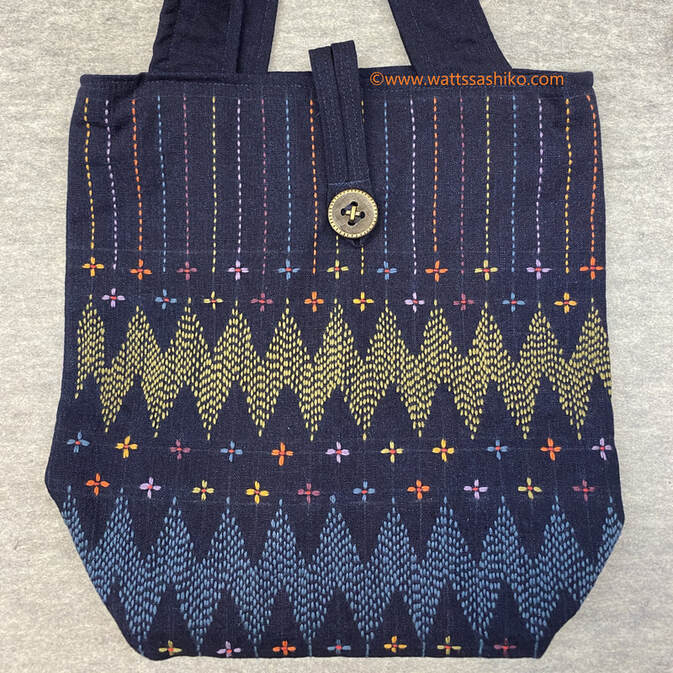


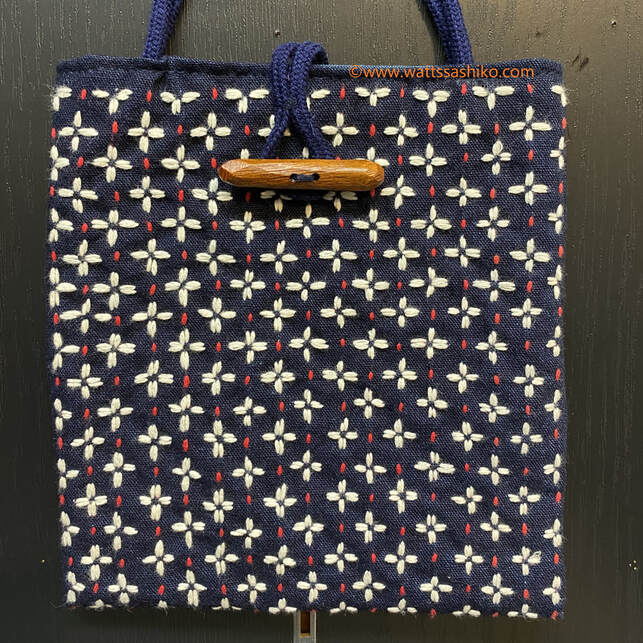
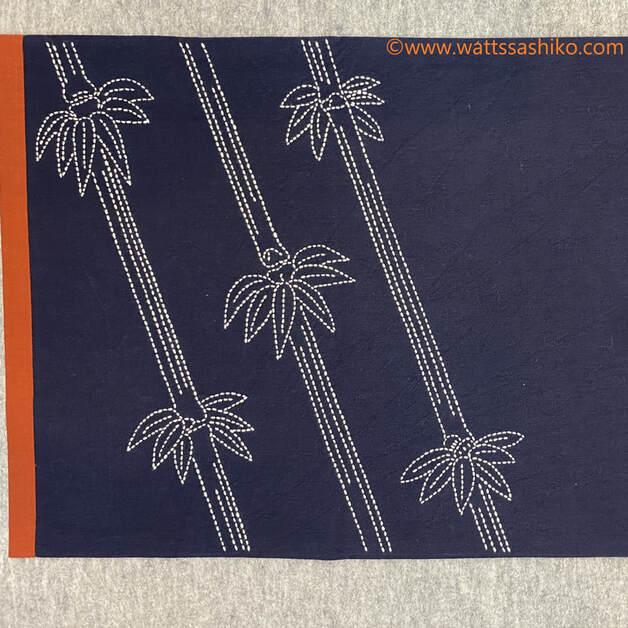
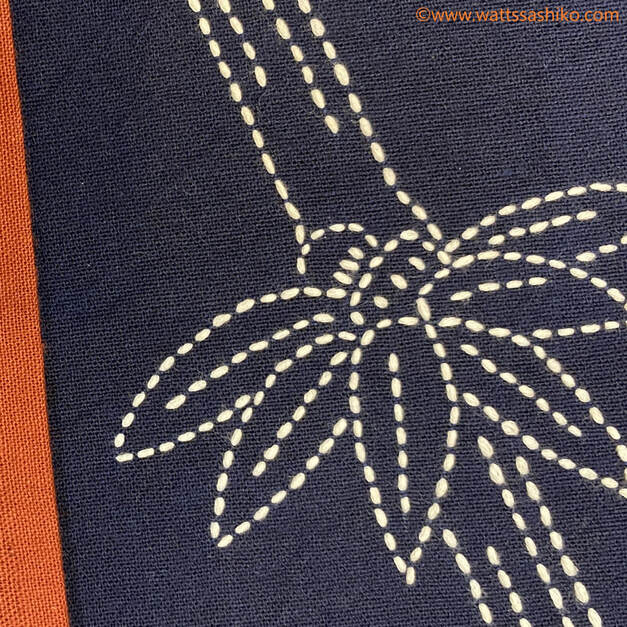

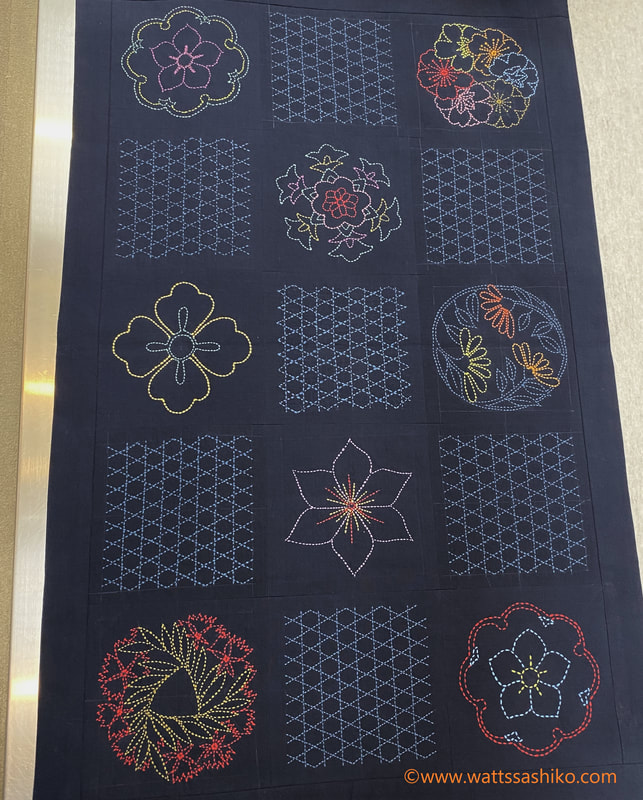

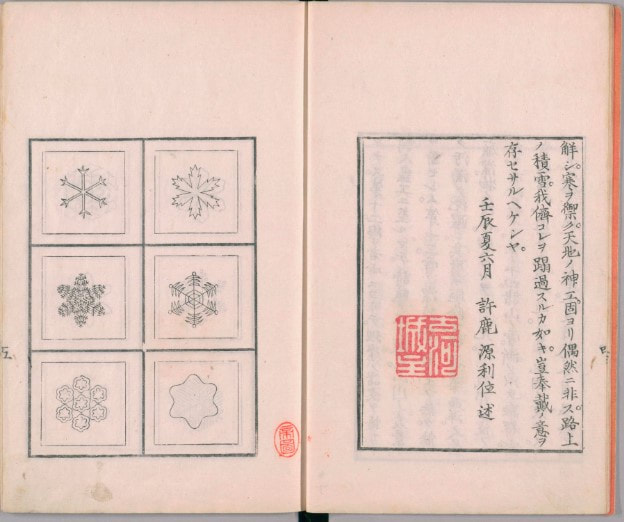

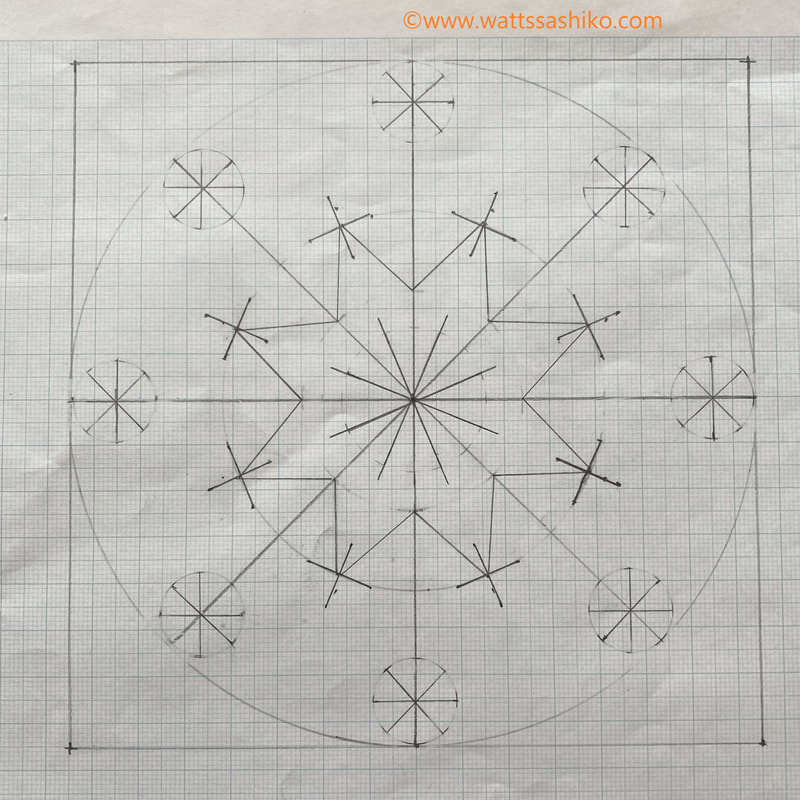

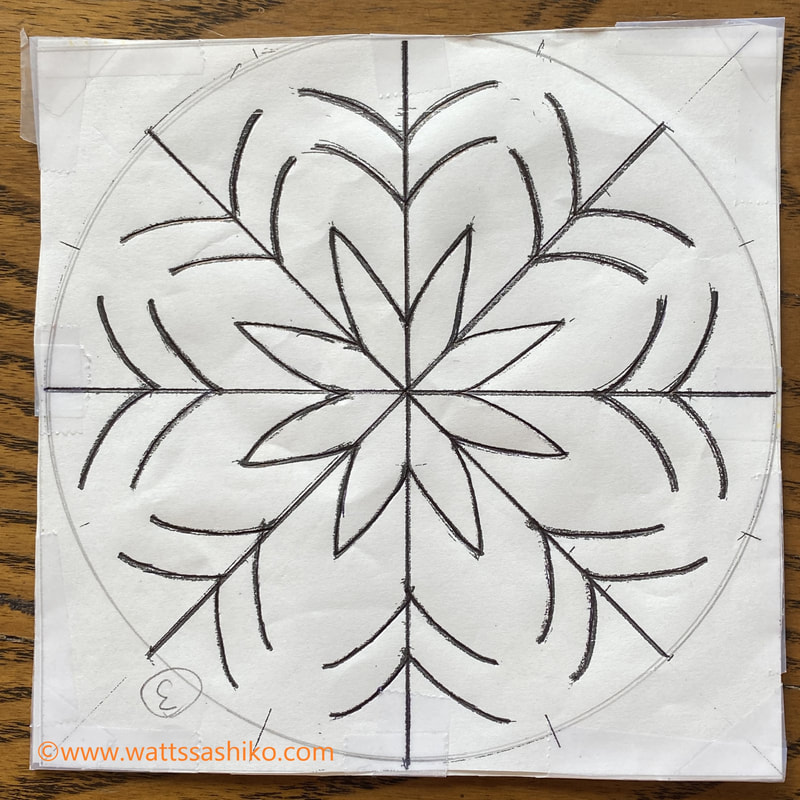
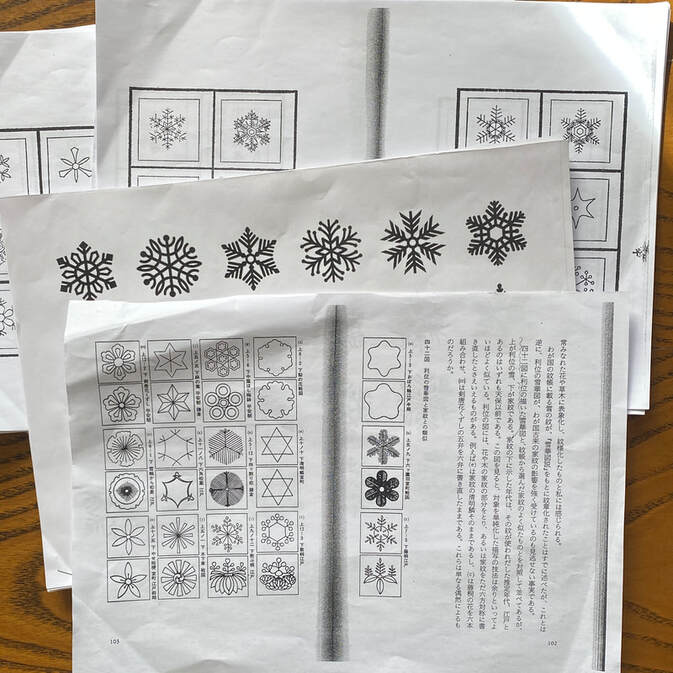

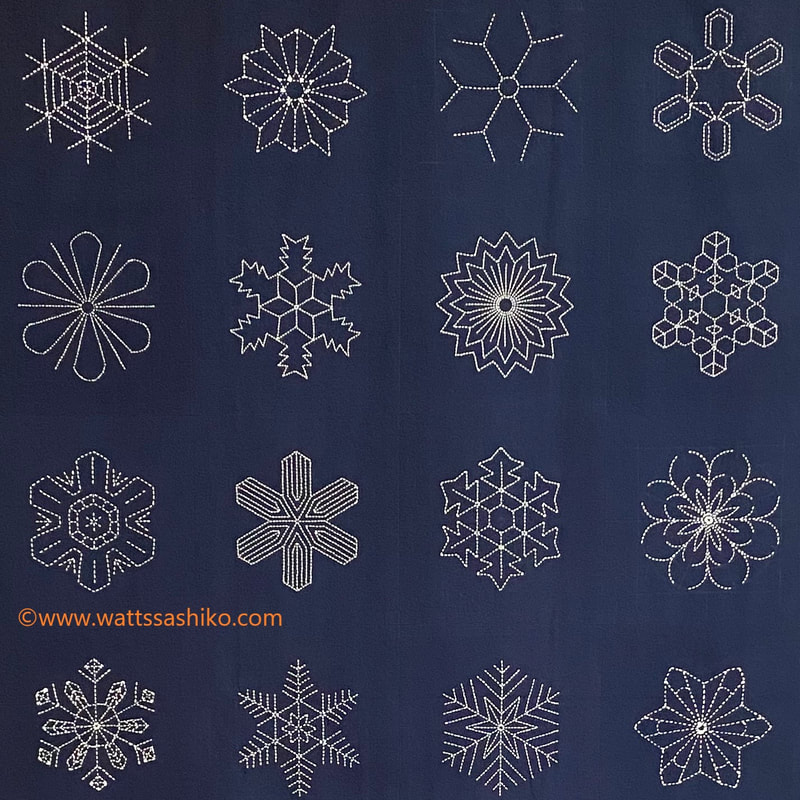
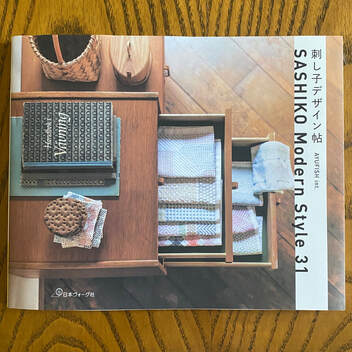
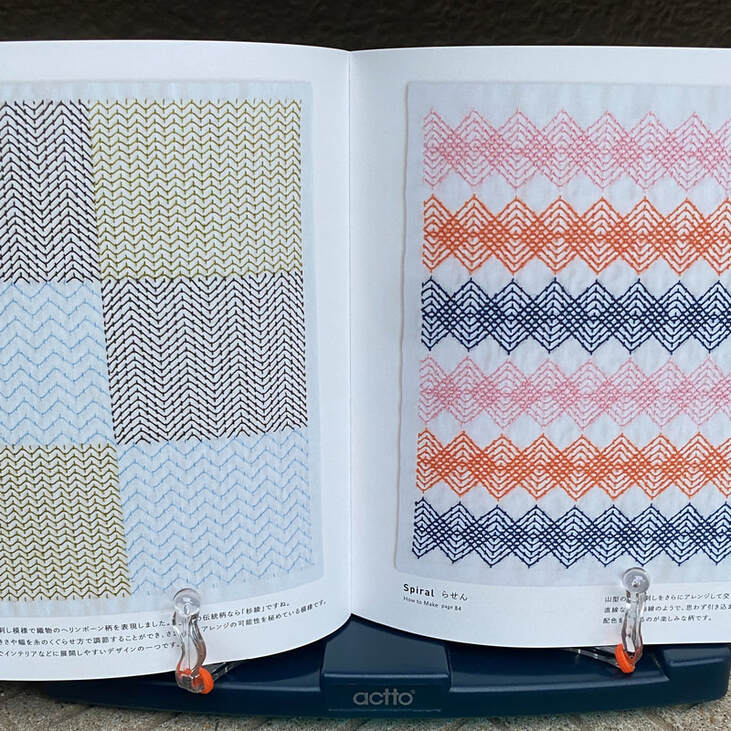
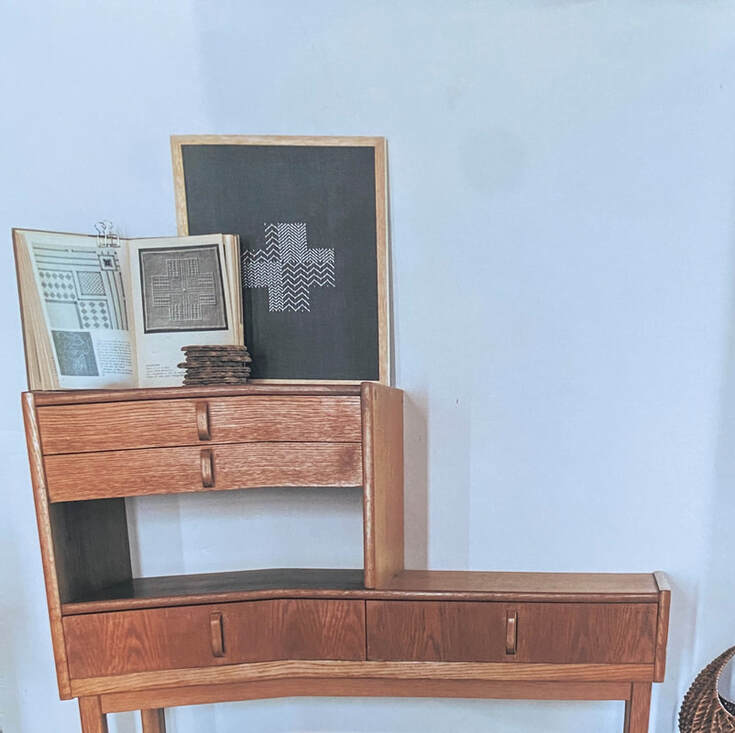
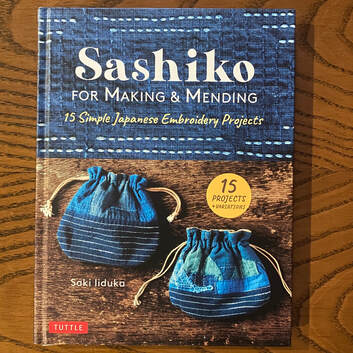

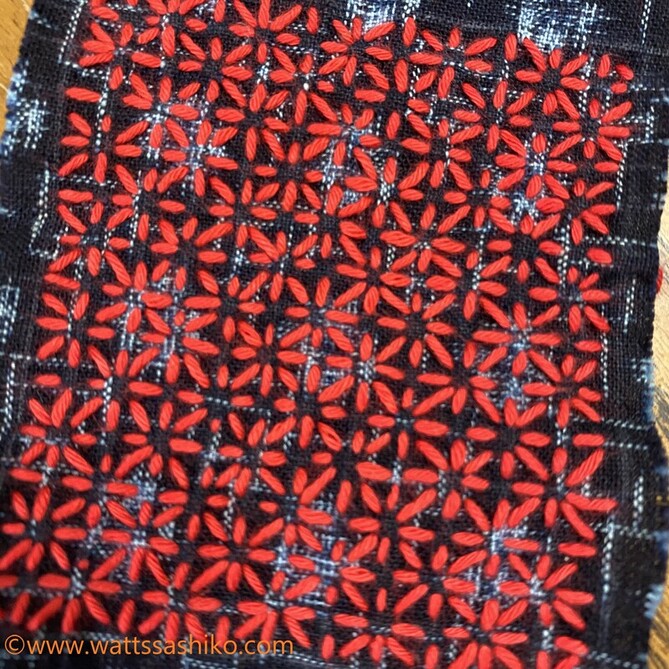

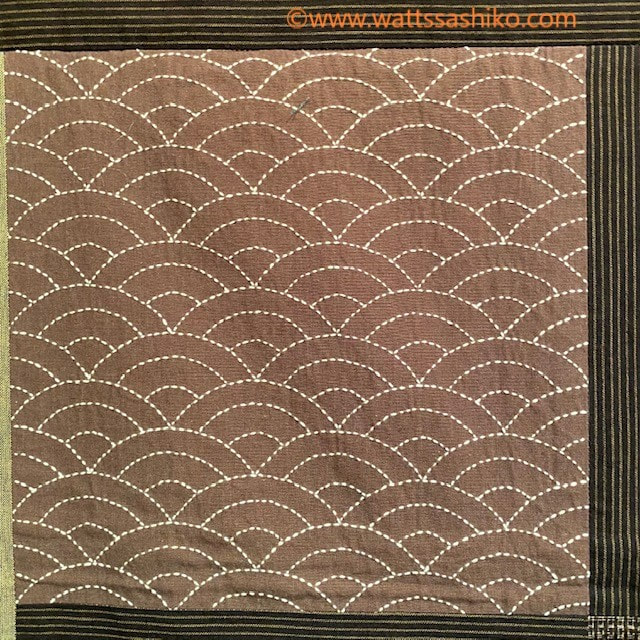








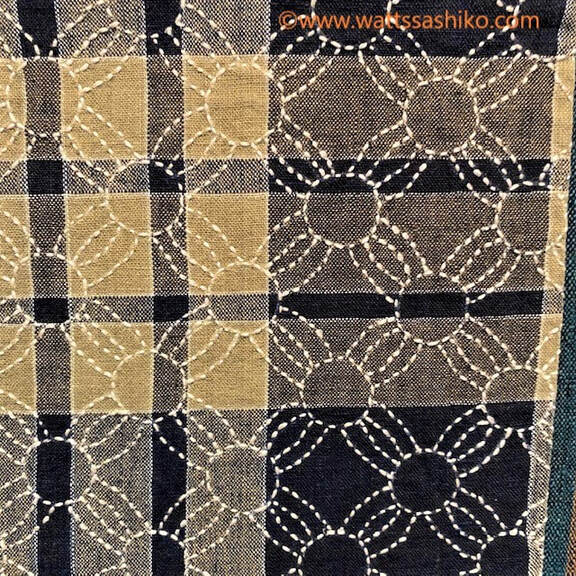
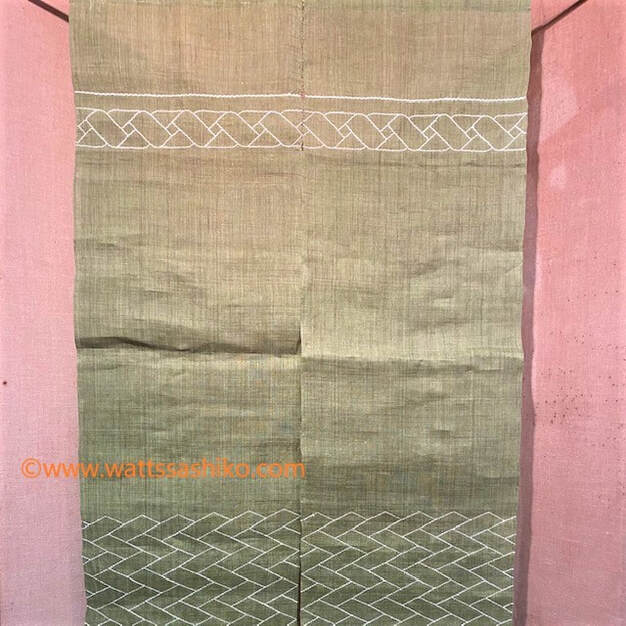
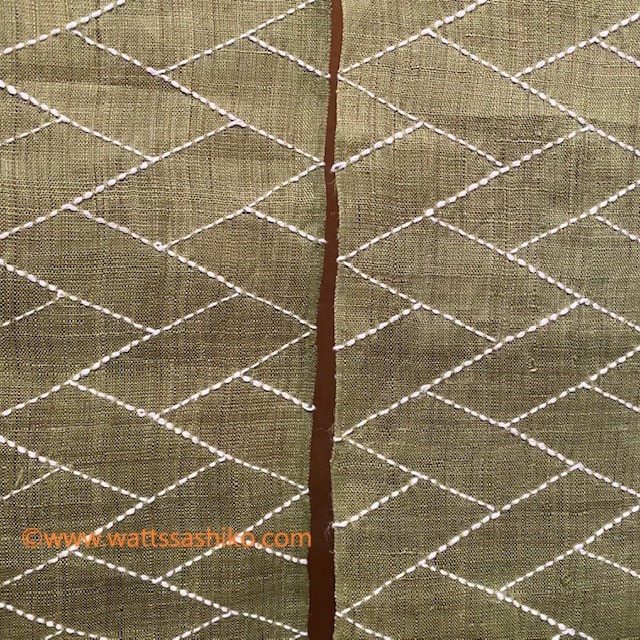



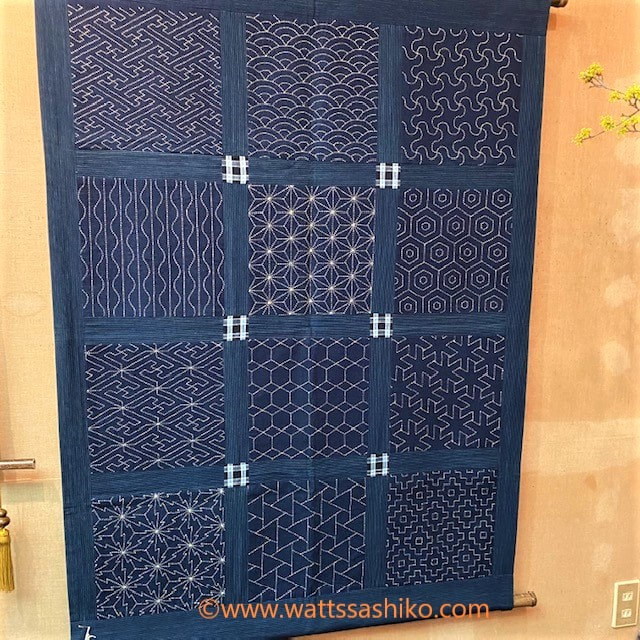
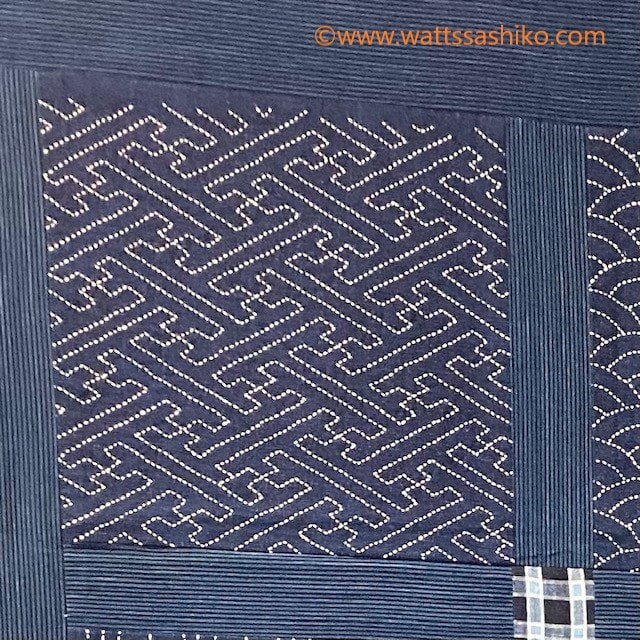
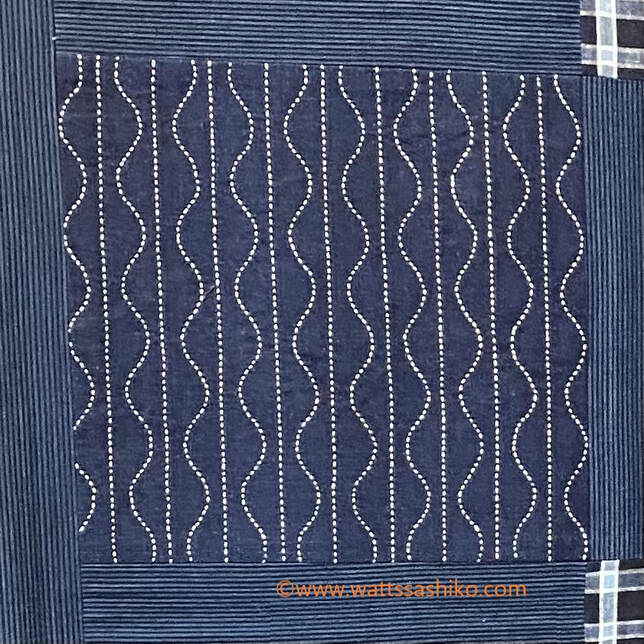


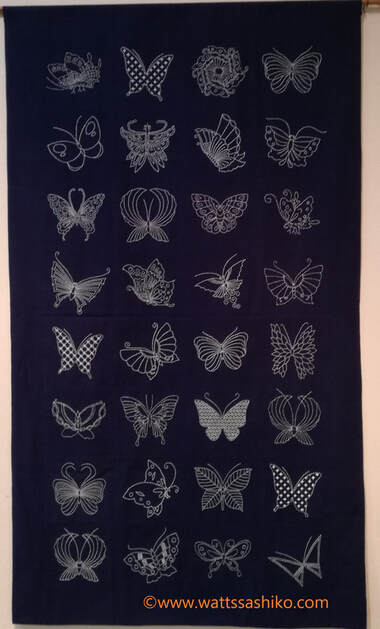
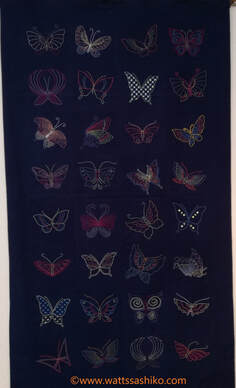


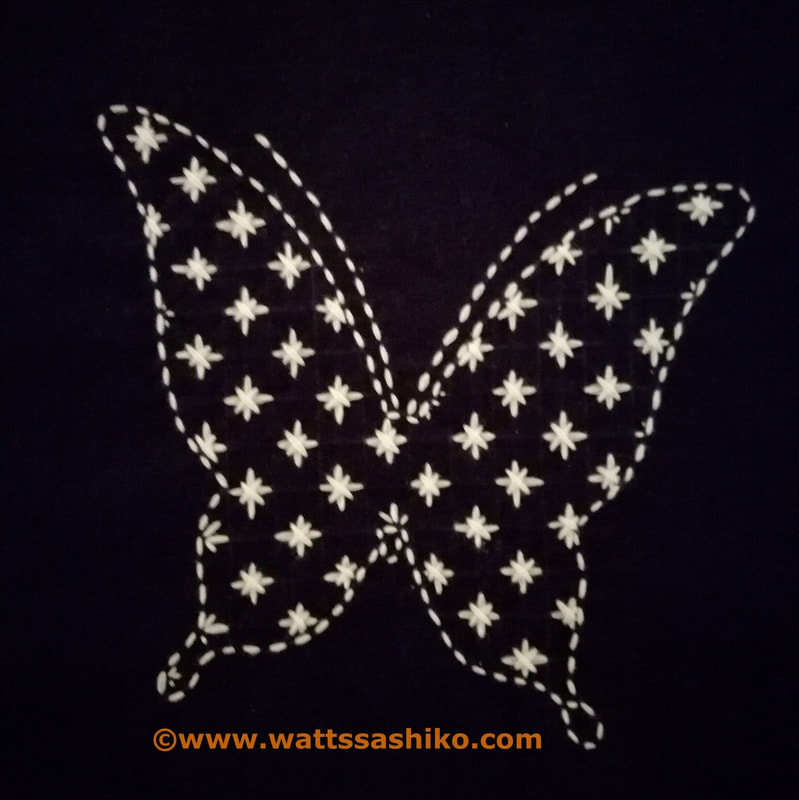




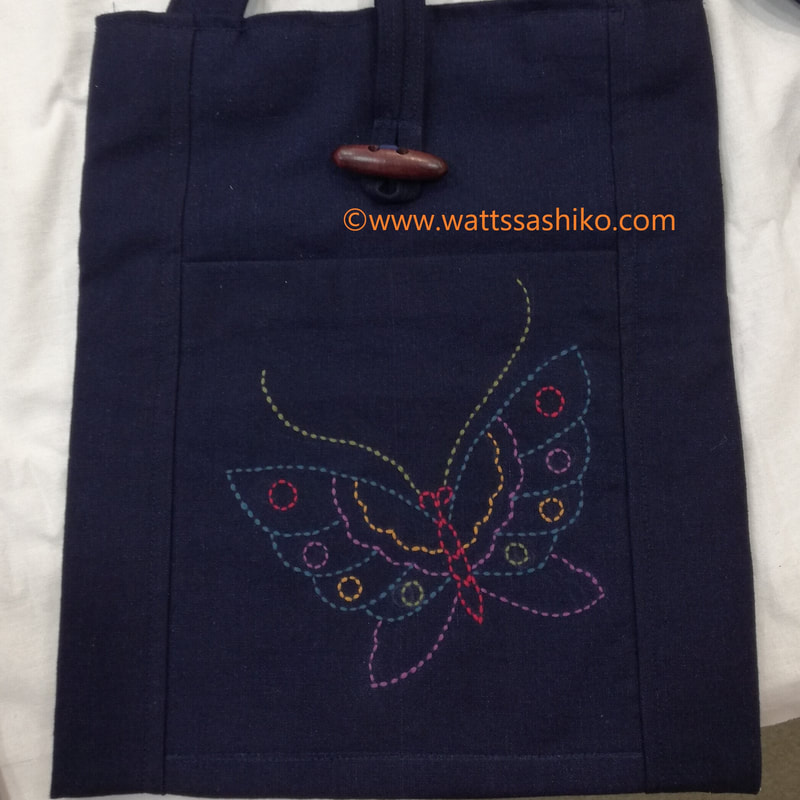
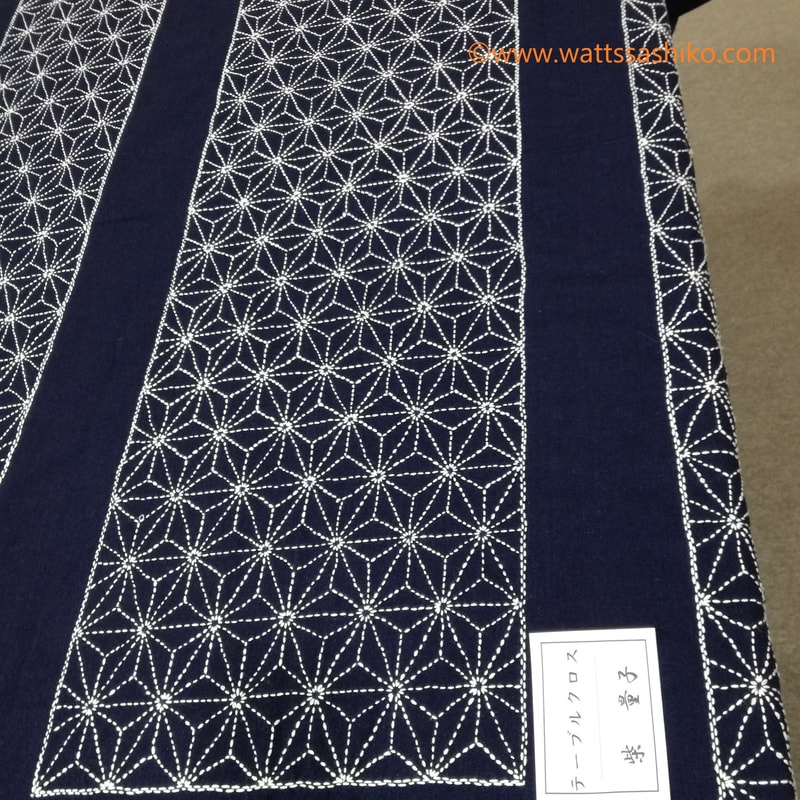
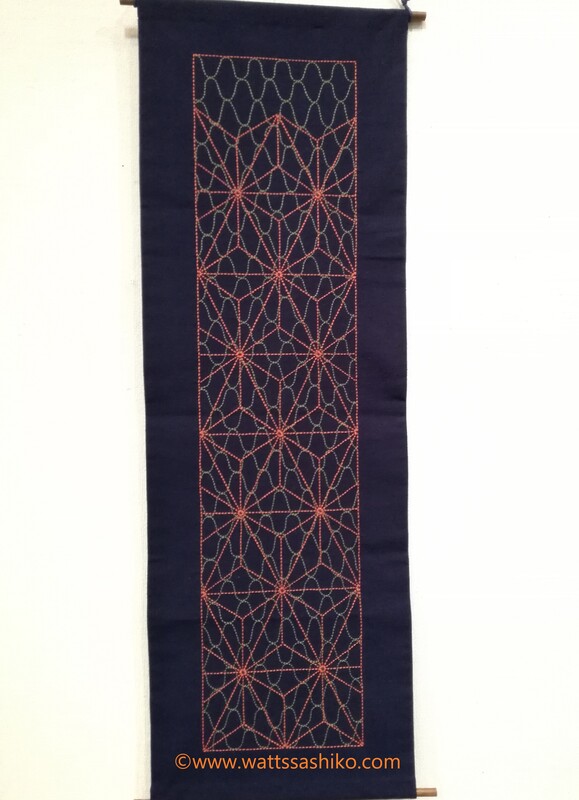
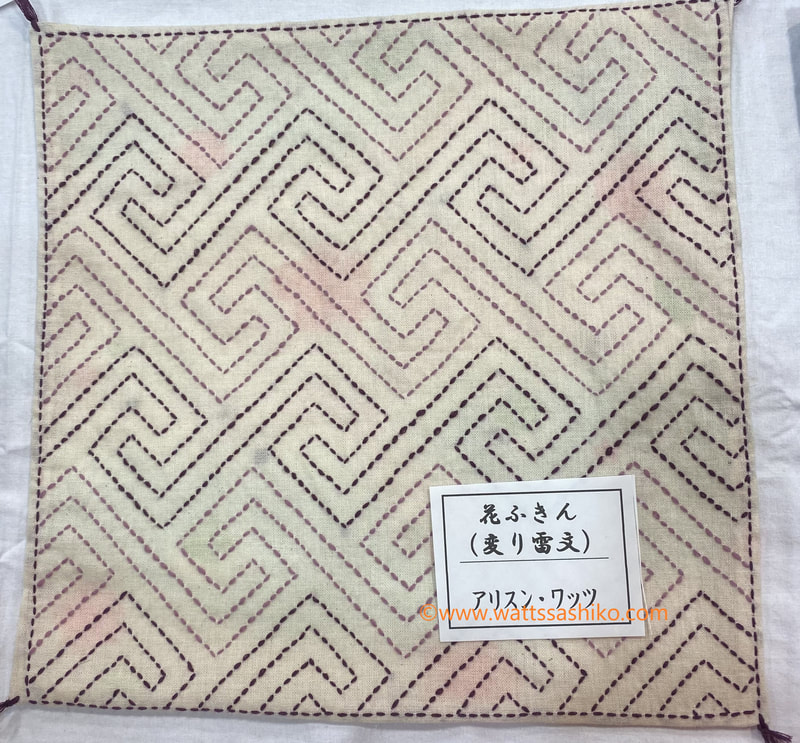


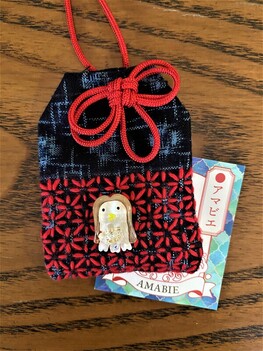


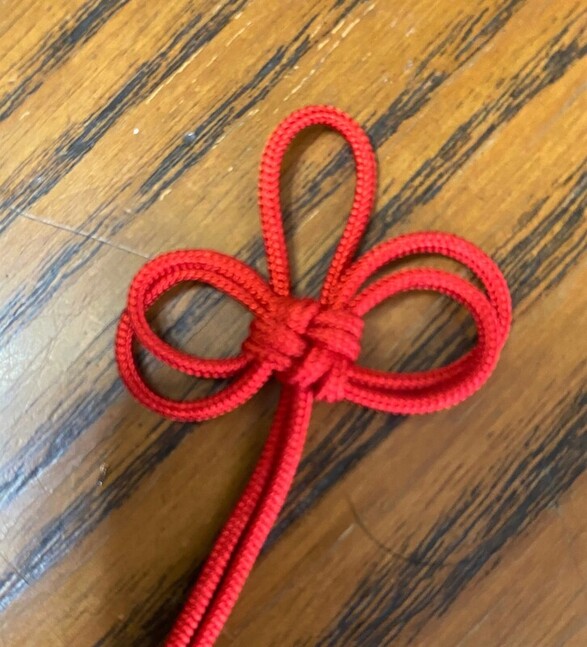
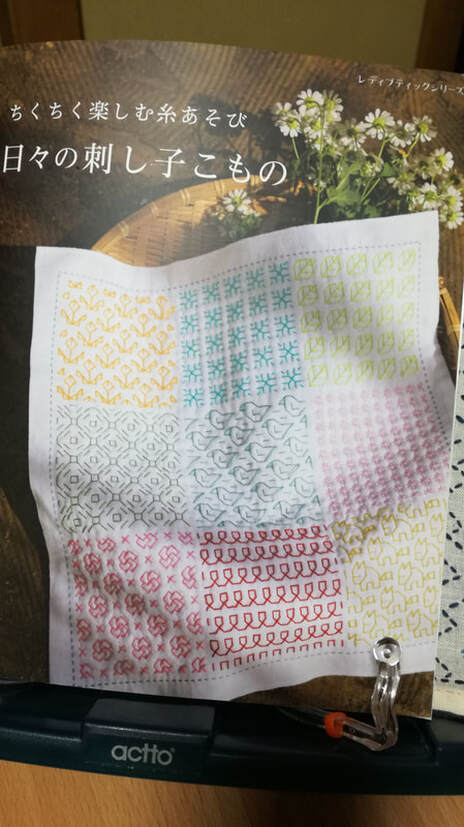
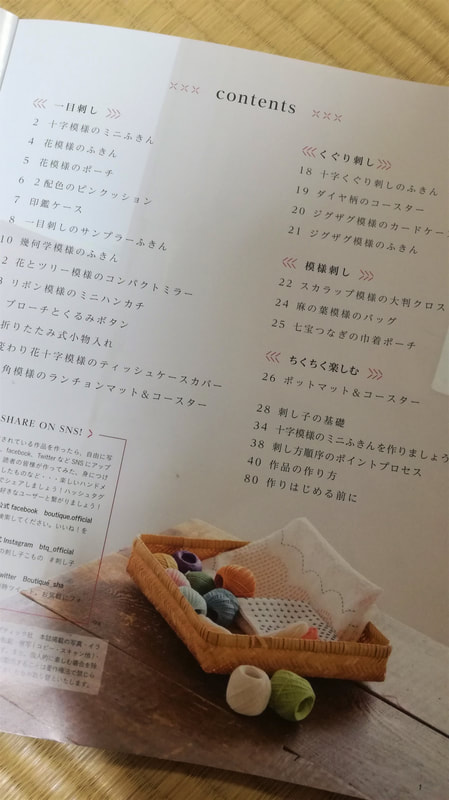
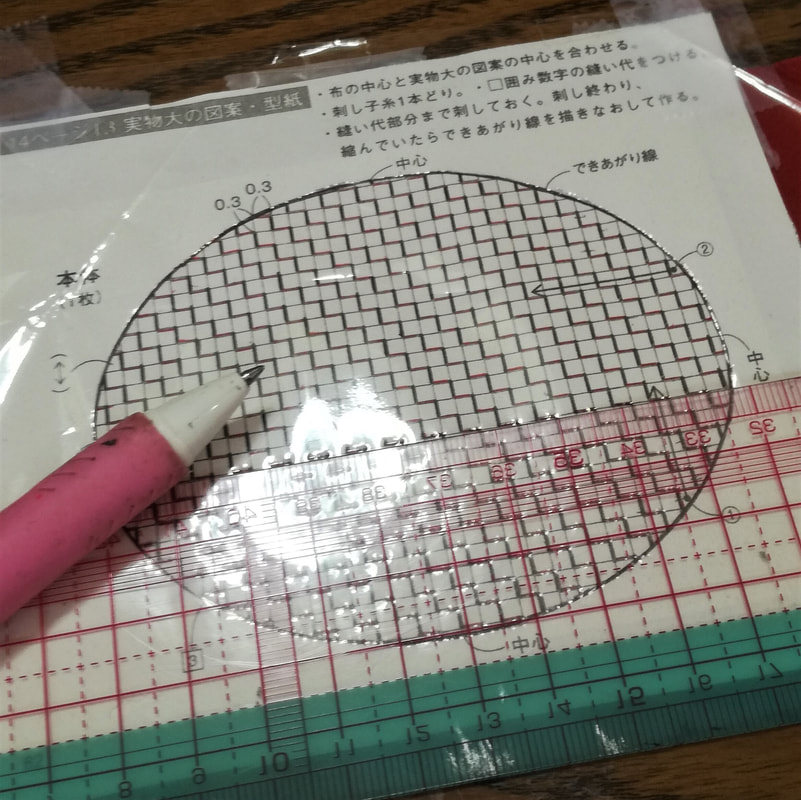

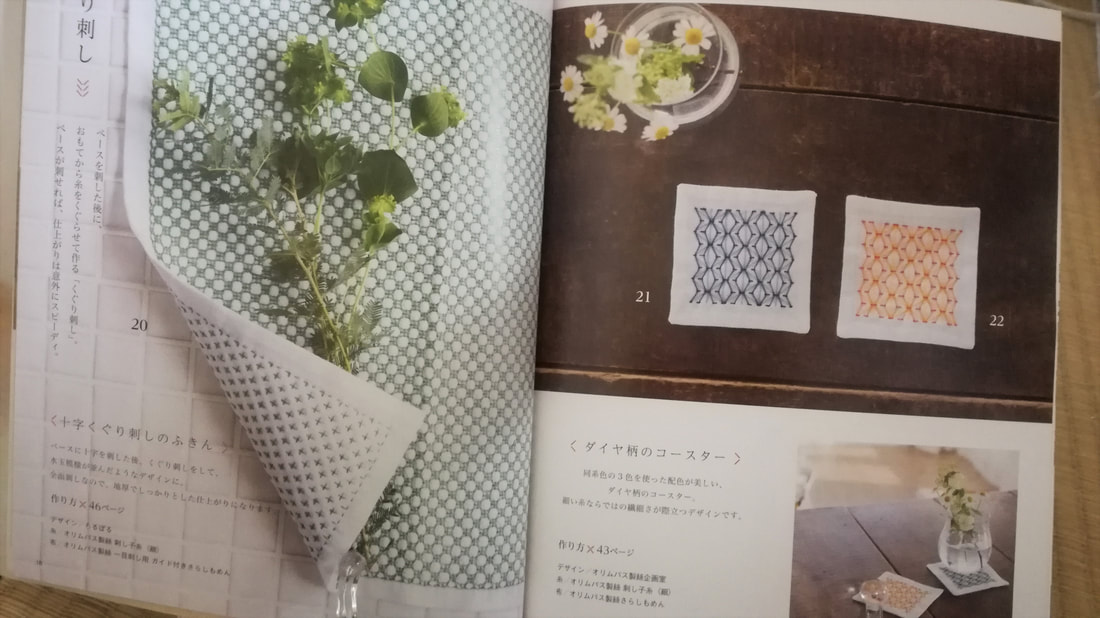

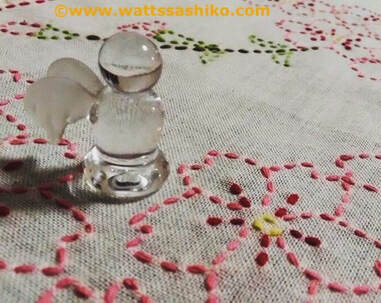

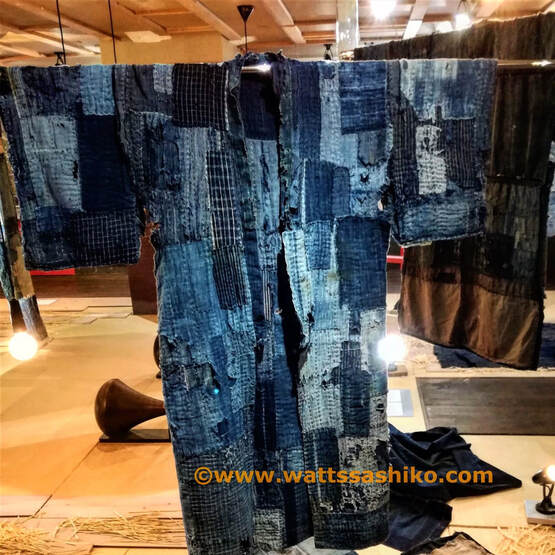
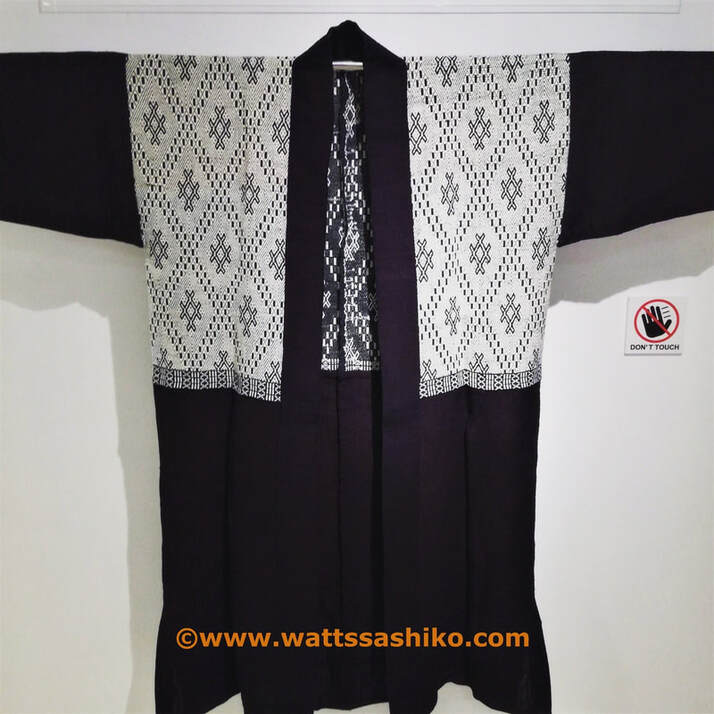

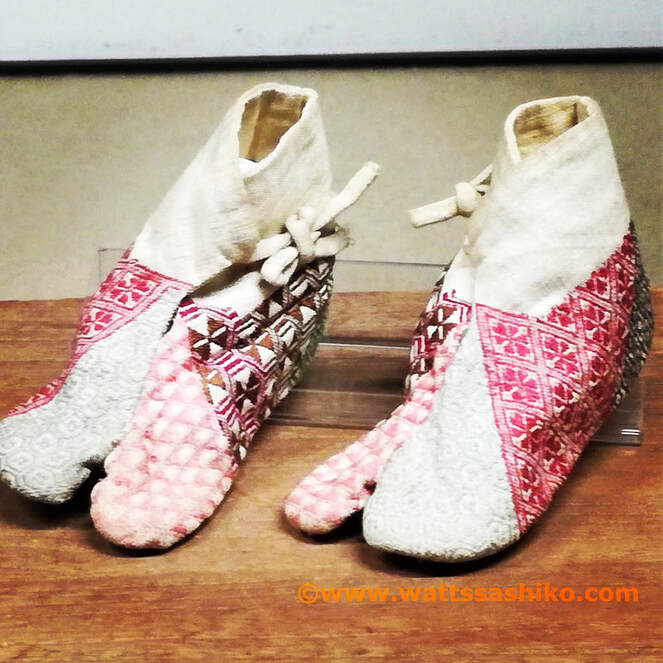

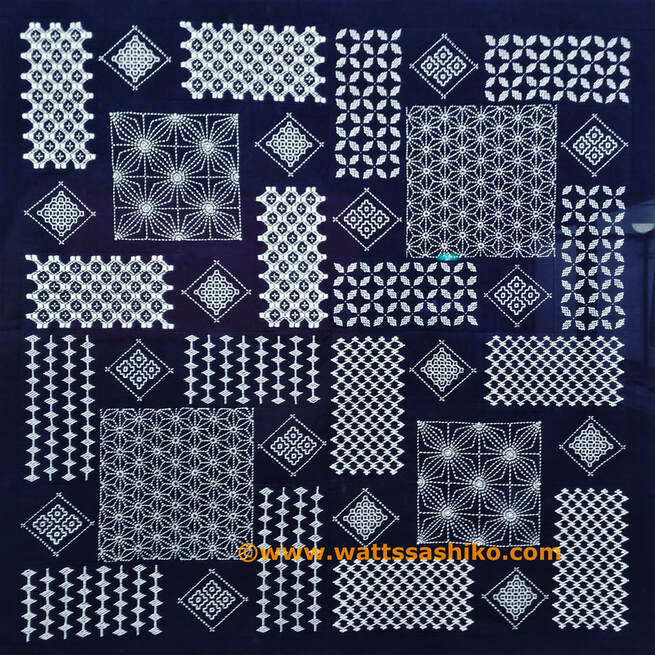
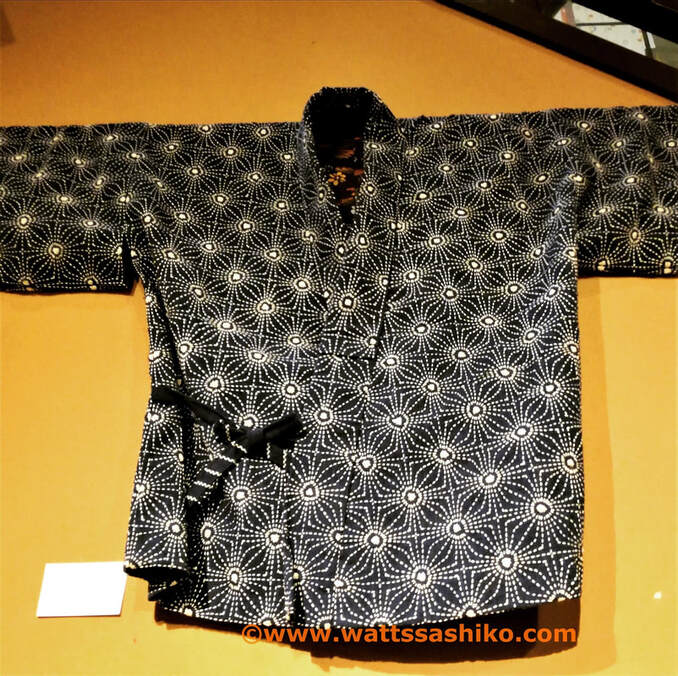

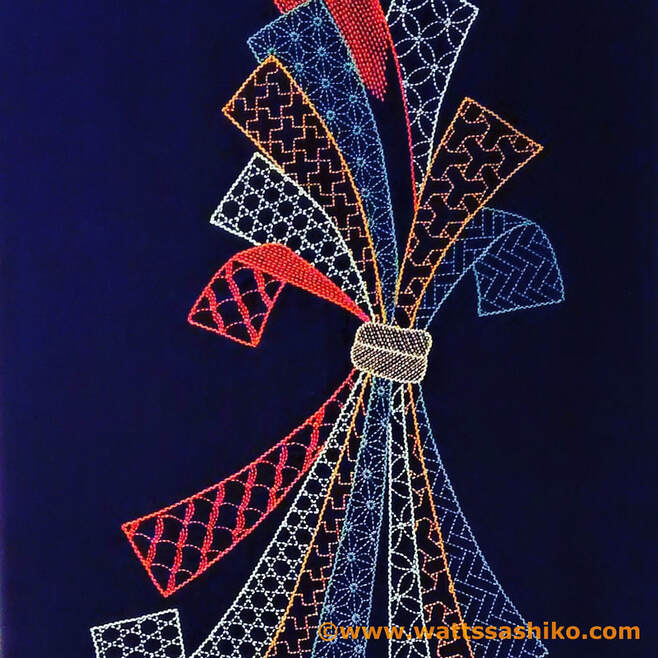


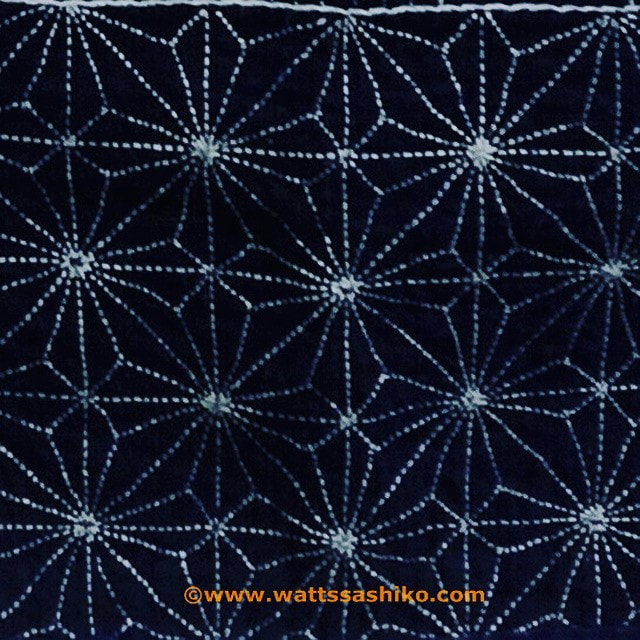

 RSS Feed
RSS Feed



